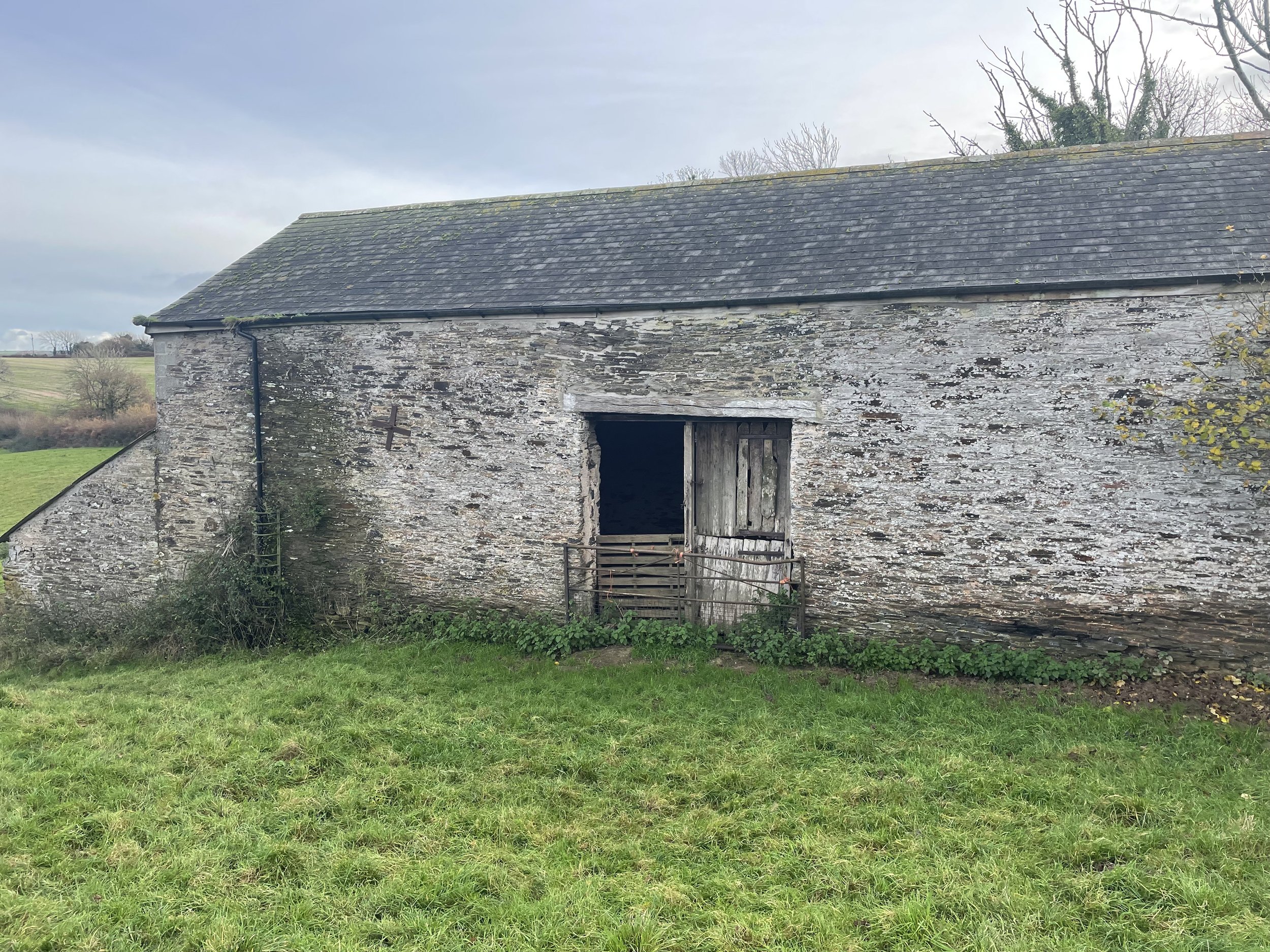Do I need a bat survey for planning?
When embarking on any development project, one of the most common considerations is the need for various surveys and reports to secure planning permission. While you may be familiar with the usual requirements—such as drawings, a planning statement, application forms and fees — there's one specific survey that often raises questions: the bat survey.
Bats, as protected species in the UK which are mandated under law, can play a significant role in the planning process. If your development might impact a bat habitat or roost, a bat survey could be a vital part of your planning application. But do you actually need one?
In this post, we'll explore the circumstances under which a bat survey is required, why it's important, and how to go about getting one if necessary.
What is a bat survey?
A bat survey is an assessment conducted by a suitably qualified ecologist to determine the presence, abundance, and roosting habits of bats within or around a development site. Bat surveys can vary in scope, from basic presence/absence surveys to more detailed studies that assess the impact of a proposed development on bat habitats.
There are typically three main types of bat surveys:
Preliminary Roost Assessment (PRA) – This involves an initial inspection of a building or site to check for potential bat roosts. It's often the first step in determining whether further surveys are needed (and often a minimum requirement for planning submission).
Bat Activity Survey – This survey involves setting up bat detectors around the site to record bat activity, such as feeding and roosting. It helps to determine what species are present and how frequently they use the site.
Emergence and Re-entry Surveys – These are more detailed surveys where ecologists observe bats emerging from and returning to a roost at dusk and dawn.
When do you need a bat survey for planning?
1. When There’s a Potential Impact on Bat Habitats
If your project involves demolition, refurbishment, or significant alterations to buildings or structures that could serve as bat roosts, or if you plan to develop land that could be used by bats for foraging, a bat survey is likely required.
For instance, a bat survey will be needed if you:
Plan to demolish or renovate a building that could be a bat roost.
Are planning to build near woodlands, hedgerows, or other natural habitats that bats frequent.
Are working on land that has trees or structures that could provide roosting spots for bats.
Since bats often roost in buildings, trees, and even under bridges, it's important to check whether these structures could potentially be used by bats before starting construction. Bats are most active at dusk and dawn, so these roosts may not always be obvious during the day.
2. Local Planning Authority Requirements
The need for a bat survey will also depend on the location and nature of your project. Some local authorities may request a bat survey as part of the planning application process, especially in areas where bats are known to live. Areas with high bat activity are often designated as "Bat Protection Zones" and may have stricter planning rules.
Local authorities may require a bat survey if they suspect that a proposed development could affect local bat populations or their habitats.
3. Species Protection Laws
Bats are legally protected under both national and international law, including the Wildlife and Countryside Act 1981 (as amended) in the UK and the Habitat Directive in the EU. This means that disturbing bats, damaging their roosts, or destroying their habitats can result in significant penalties. Therefore, planning applications must often include evidence that a bat survey has been conducted to ensure that your development will not violate these protections.
If bats are found to be present, you may be required to make specific alterations to your development plans to protect them. This could include:
Retaining or restoring roosting habitats.
Creating bat-friendly features such as bat boxes or bat corridors.
Timing construction works outside of bat hibernation or breeding seasons.
4. If Your Site is in a Known Bat Area
Certain locations are well-known for their bat populations. For example, sites near large parks, woodlands, or riverbanks, as well as old buildings, may be at higher risk of hosting bat roosts. If you’re unsure whether your site falls into such an area, consult with local environmental experts or your planning officer.
How to get a bat survey
If you determine that a bat survey is required for your planning application, you will need to hire a qualified bat ecologist or consultant. They will conduct the necessary surveys, often including a Preliminary Roost Assessment and potentially additional bat activity surveys.
Here’s the general process for arranging a bat survey:
Consult with an Ecologist: Engage with a licensed ecologist who specializes in bat surveys early in your planning process. They will assess your site and advise you on the type of survey required.
Conduct the Survey: Depending on the findings of the initial assessment, more detailed surveys may be necessary. This can involve installing bat detectors, conducting emergence and re-entry surveys, and identifying any bat species present.
Report the Findings: The ecologist will prepare a report that outlines the results of the survey and any potential mitigation measures. This report will be submitted as part of your planning application.
Planning Application: Include the bat survey report with your planning application. If bats are present, the report may include recommendations on how to mitigate any impact, such as habitat enhancements or restrictions on when construction can occur.
What happens if you don’t carry out a bat survey?
If a bat survey is required but not completed, your planning application may be delayed at validation stage or rejected at determination due to inadequate information. In some cases, you may face legal action if you disturb a bat roost without the proper licenses or mitigation plans in place. The potential costs of non-compliance can be significant, as you may be required to halt or alter your development, pay fines, or take expensive corrective actions. We would always recommend that if you are unsure, then you contact a qualified ecologist for their advice.
Conclusion
In summary, whether you need a bat survey for your planning application depends on the nature of your site, the type of development you are proposing, and local planning regulations. If there's any potential impact on bats or their habitats, you will most likely need to carry out a bat survey before submitting your planning application.
It’s always a good idea to consult with an experienced ecologist early in the planning process to understand the requirements and ensure you meet all the necessary legal obligations. By doing so, you can protect bat populations while moving your project forward in compliance with the law.
Bats are important creatures that play a vital role in our ecosystems. By taking the time to assess their presence and ensuring their protection during your development, you contribute to the conservation of these fascinating animals.
If you're unsure whether your site requires a bat survey, don't hesitate to reach out to an expert or your local planning authority. The effort to safeguard bats is always worth it in the long run!
More Information
If you are planning a development and need advice or assistance with a bat survey, don't hesitate to get in touch with us. Our team regularly work with local qualified ecologists and can help navigate the planning process and ensure compliance with wildlife protection laws.
Vardo Architecture is a young, experienced, creative chartered architecture studio. Our home is in Plymouth, but our work takes us all over the South West and further afield.
We are home-makers, place-makers & problem-solvers. We create individually crafted buildings for people & communities.
We specialise in transforming existing buildings with dynamic and characterful solutions. Our projects range in scale and budget, all solving our clients needs by focusing on innovative design solutions and collaboration through the design journey.
Take a look at some of our recent projects here, our services and our process here.



